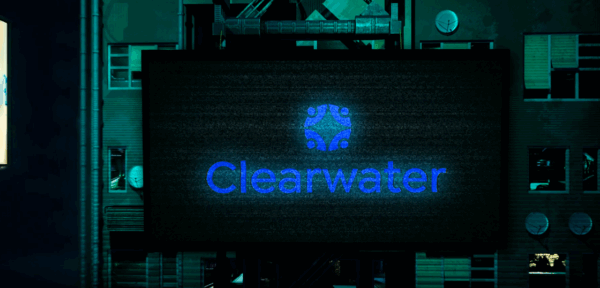There’s a treasure trove of free cybersecurity resources available from HHS to healthcare leaders—here’s how to access them and how they can help take the guesswork out of creating a resilient healthcare organization.
With so many voices on cyber resiliency—and even more solutions—how can healthcare organizations sift through what’s noise and focus on prioritized practices that will protect their organizations from cyber threats and reduce the risk of impactful ransomware attacks and breaches?
The HHS 405(d) Program is a collaborative effort between the Health Sector Coordinating Council and the federal government to align healthcare industry security practices and enhance the cybersecurity resilience of the healthcare sector. The 405(d) Health Industry Cybersecurity Practices (HICP) distills the top threats to healthcare and outlines the top cybersecurity practices for healthcare organizations to address them in ways that account for organization size and structure.
405(d) HICP can also enable your organization to meet HHS’s Cybersecurity Performance Goals (CPGs) published in February of this year. What’s more, 405(d)’s HICP framework is recognized cybersecurity practices under federal legislation—demonstrating implementation of the practices can benefit covered entities and business associates in an OCR investigation or audit.
But, it isn’t just the framework that healthcare leaders should know about—the HHS 405(d) Program offers a wide array of additional free resources and guides.
Presented by Clearwater’s CEO, Steve Cagle and HHS 405(d)’s, Lisa Munro


